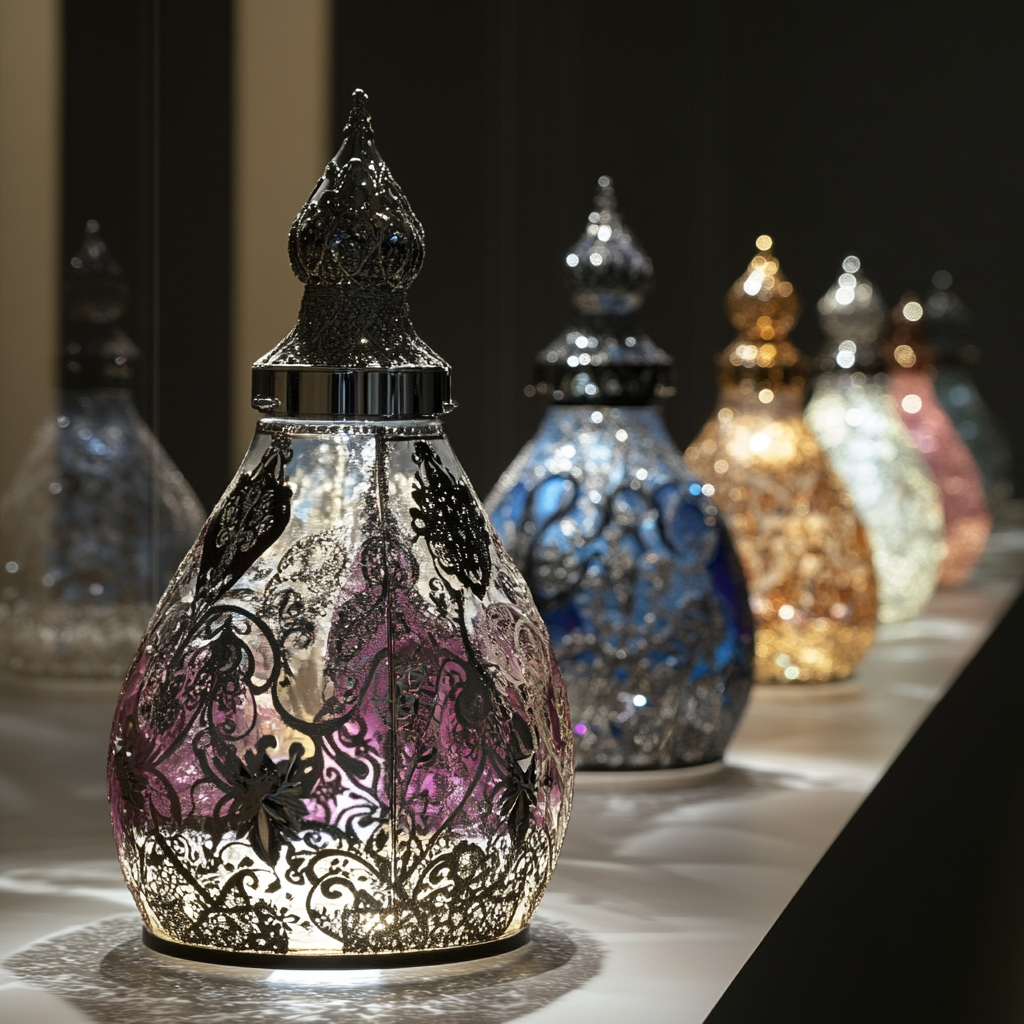Perfume, fashion and art have always been inextricably linked, creating unique symbioses that inspire and enrich culture. Collaborative exhibitions between designers and artists, incorporating perfume elements, represent an innovative approach to presenting fashion collections and works of art. These exhibitions not only demonstrate aesthetic harmony, but also open up new possibilities for the viewer’s perception and interaction with the exhibits.
Historical examples of collaborations: From royal courts to avant-garde
The history of interaction between perfumery and fashion goes back centuries and originates in the royal courts of Europe. There, perfumery played an important role in creating image and status, and fashion houses already collaborated with famous perfumers. Courts of Louis XIV and Catherine the Great were famous for their perfume workshops, where they created unique scents that complemented the royal outfits. These scents not only emphasized status, but also served as a kind of badge of distinction.
In the 20th century, avant-garde artists such as Salvador Dali also turned to perfume as a means of self-expression and experimentation. Collaborative projects with designers allowed them to create unique perfume bottles and scents that became part of an artistic statement. These examples highlight how perfume has always been an integral part of art and fashion, complementing and expanding the boundaries of aesthetic experience.
Symbiosis of fashion and fragrance: How designers use perfumes
In today’s world, fashion and fragrance continue to interact closely, with designers increasingly using fragrance as a tool to enhance the experience of their collections. Here are a few ways this happens:
- Creation of exclusive fragrances for collections: Many designers collaborate with famous perfumers to create unique scents that reflect the essence and concept of the collection.
- Integration of fragrance in a fashion show: At fashion shows, aromas are sprayed into the hall, creating a certain atmosphere and enhancing the emotional perception of models and clothes.
- The use of perfumes in boutique design: In branded stores, fragrances help create a unique atmosphere associated with the brand, making the shopping experience more memorable.
These techniques allow designers to not only promote their products, but also form an emotional connection with clients. Fragrances associated with fashion collections create a unique and memorable experience that remains in the memory for a long time.
The role of artists: Visualization of fragrances and creation of installations
Artists play a key role in creating perfume art installations where visual and aromatic elements are combined to create a multi-sensory experience. Visualization of fragrances becomes an important task, allowing viewers not only to see, but also to feel the concept of the work. Many contemporary artists use scents as part of their installations, thereby creating new forms of art.
Such installations are often complex artistic compositions, incorporating the use of different materials, light and sound to highlight and complement the aromas. For example, an artist may use the scents of flowering gardens to create associations with certain paintings or sculptures. This helps viewers become more immersed. into the atmosphere of the work, enhancing the emotional impact and creating a more complete perception.
Contemporary exhibitions: Combining fashion, art and perfumery
Contemporary exhibitions that combine fashion, art and fragrance are becoming increasingly popular, providing unique platforms to showcase collaborations between designers and artists. These exhibitions allow viewers to immerse themselves in a multi-sensory world where scents play a key role. They are often organized in large museums and galleries, attracting a wide range of visitors.
These types of exhibitions not only demonstrate aesthetic harmony between different art forms, but also allow us to explore cultural and social aspects of interaction. For example, exhibitions can talk about the meaning of certain scents and their connection to the culture or history of a particular era. This makes exhibitions not only visually attractive, but also educational, enriching viewers with new knowledge and impressions.
Commercial and Cultural Aspect: Impact on Audience and Industry
Collaborations between fashion, art and fragrance have a significant impact on both industries, expanding their capabilities and creating new forms of expression. Commercially, such projects help increase sales and strengthen the brand, as they create unique and memorable products. It also opens up new avenues for creative expression for designers and artists, allowing them to experiment and find new sources of inspiration.
The cultural aspect of such exhibitions lies in their ability to draw attention to important social and cultural issues such as environmental friendliness and sustainable development. The use of natural and organic scents in exhibitions highlights the importance of conscious consumption and environmental protection. Thus, such projects play an important role in shaping public opinion and developing cultural values.
Joint exhibitions of designers and artists, including perfume elements, represent a unique phenomenon in contemporary art and fashion. They enable the creation of multi-sensory installations that enhance viewers’ perceptions and create unforgettable experiences. These projects not only emphasize the aesthetic harmony between different types of art, but also open up new perspectives for their interaction.
Fragrances can enhance the emotional impact of fashion collections, creating a certain atmosphere and helping viewers to better understand the designer’s vision.
Such exhibitions combine visual and olfactory elements to create a multi-sensory experience that pushes the boundaries of art and fashion, making them more interactive and memorable.

